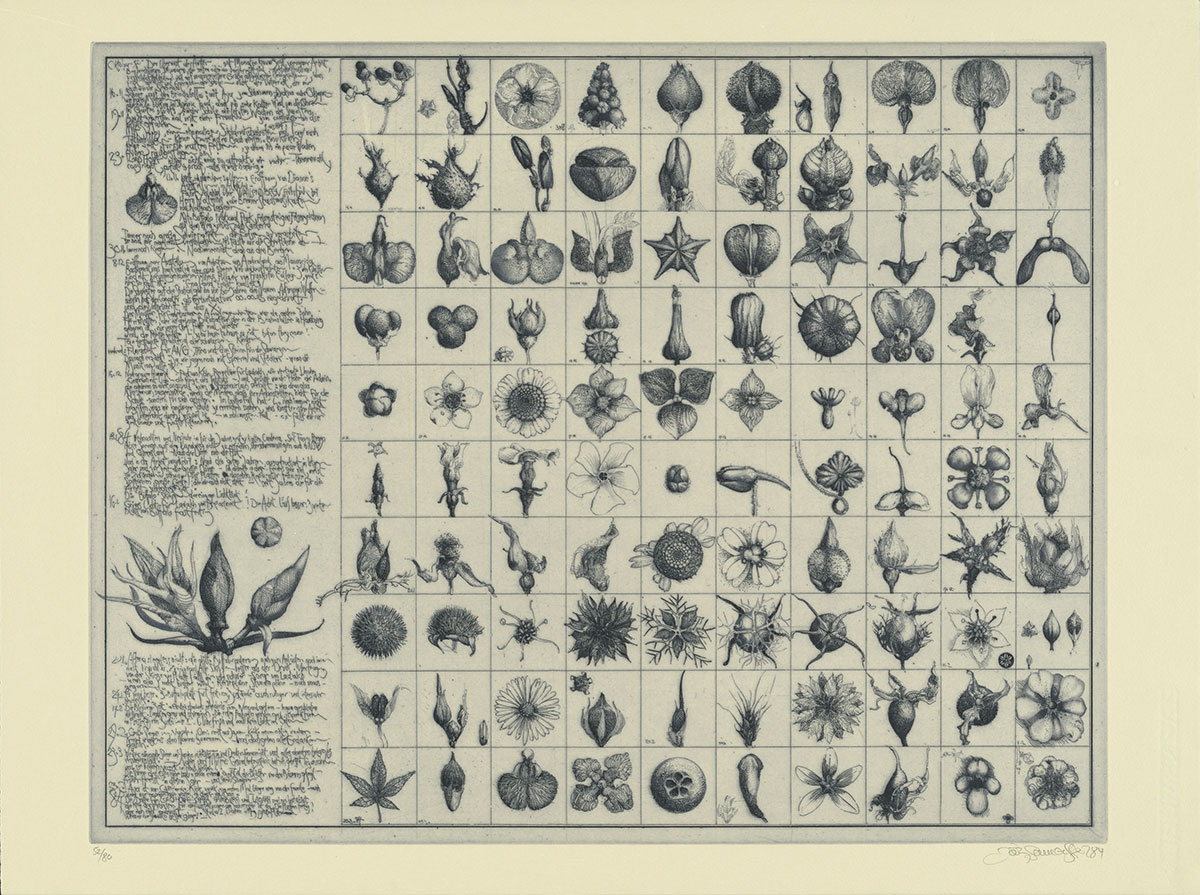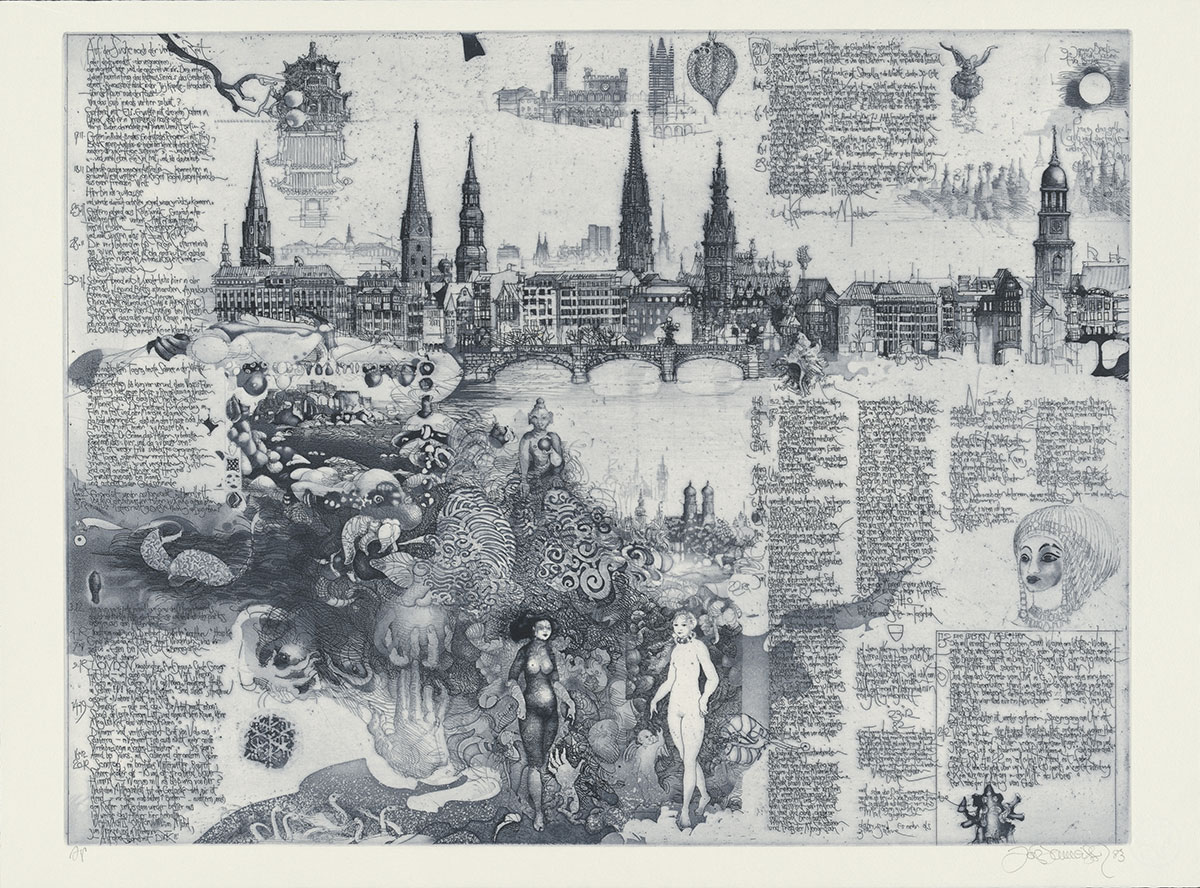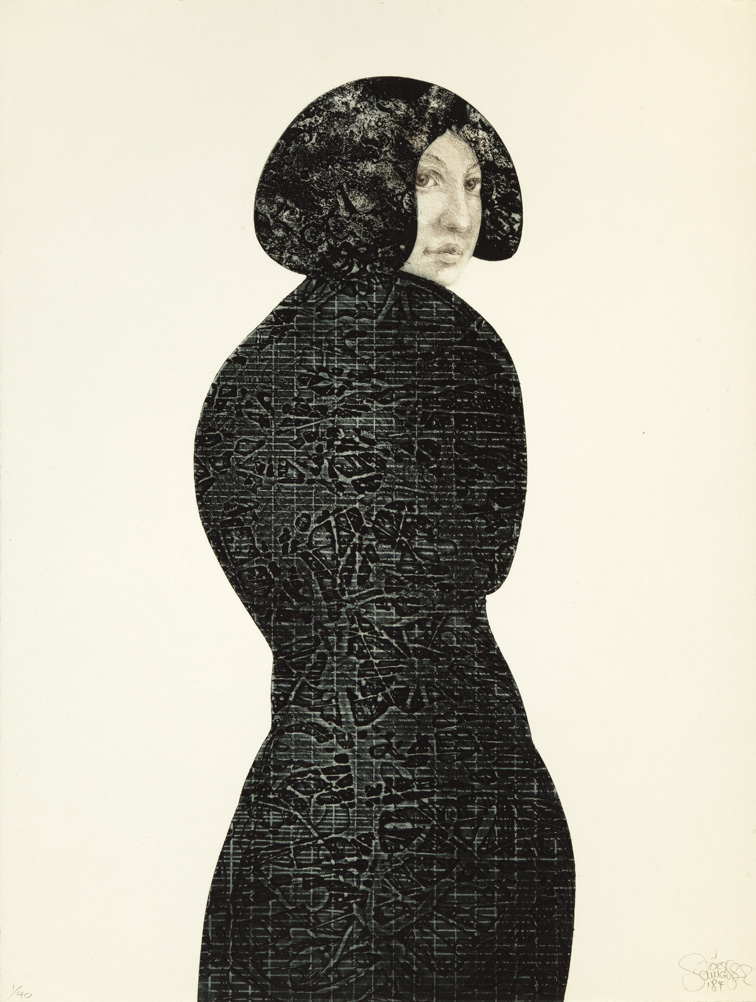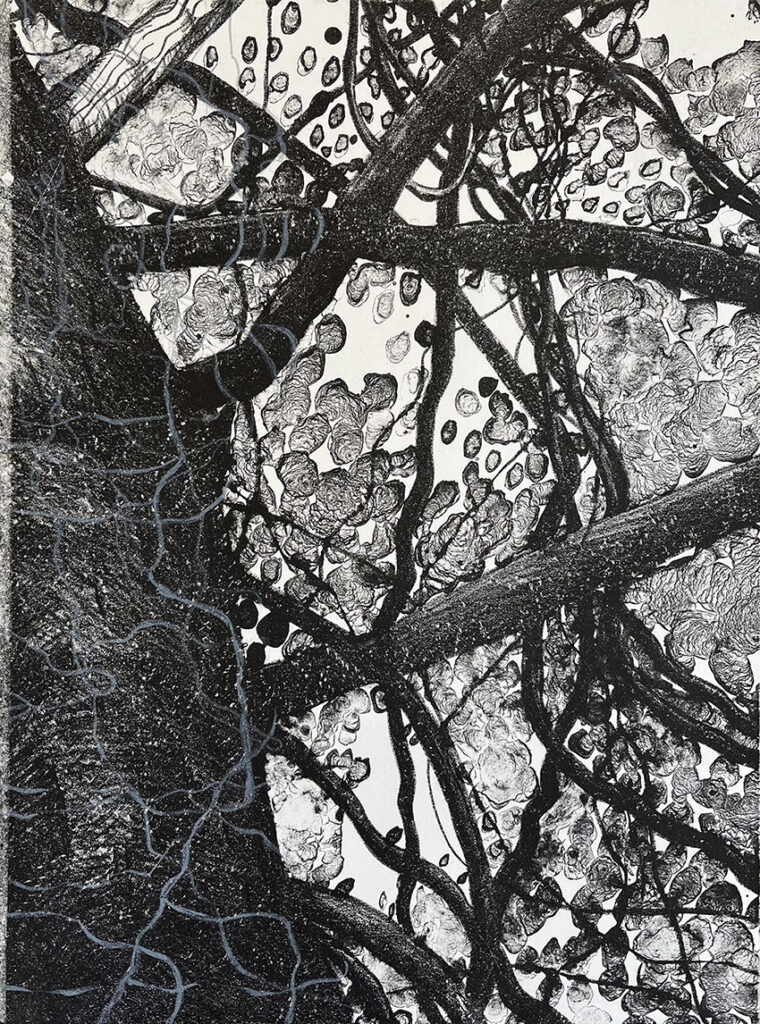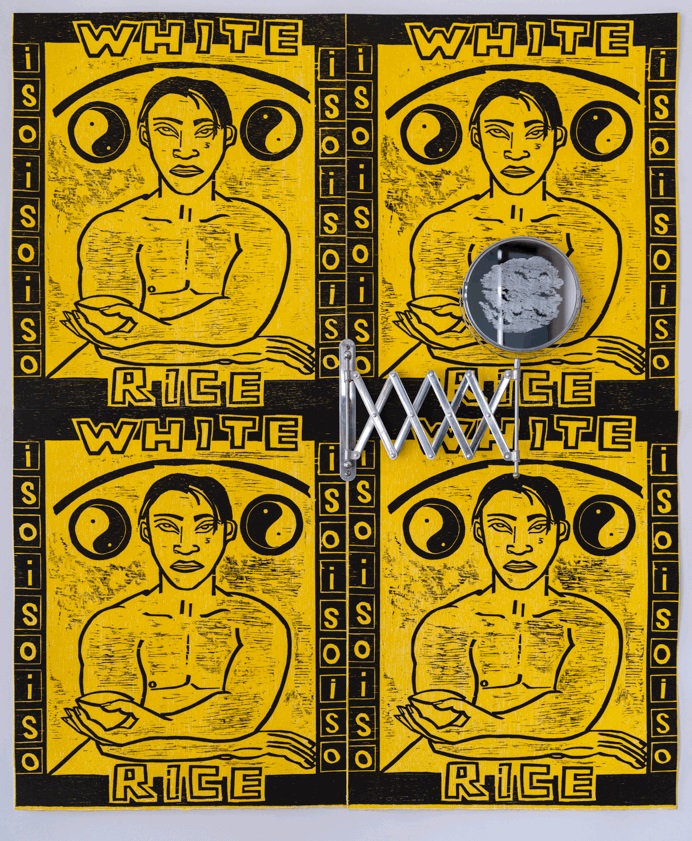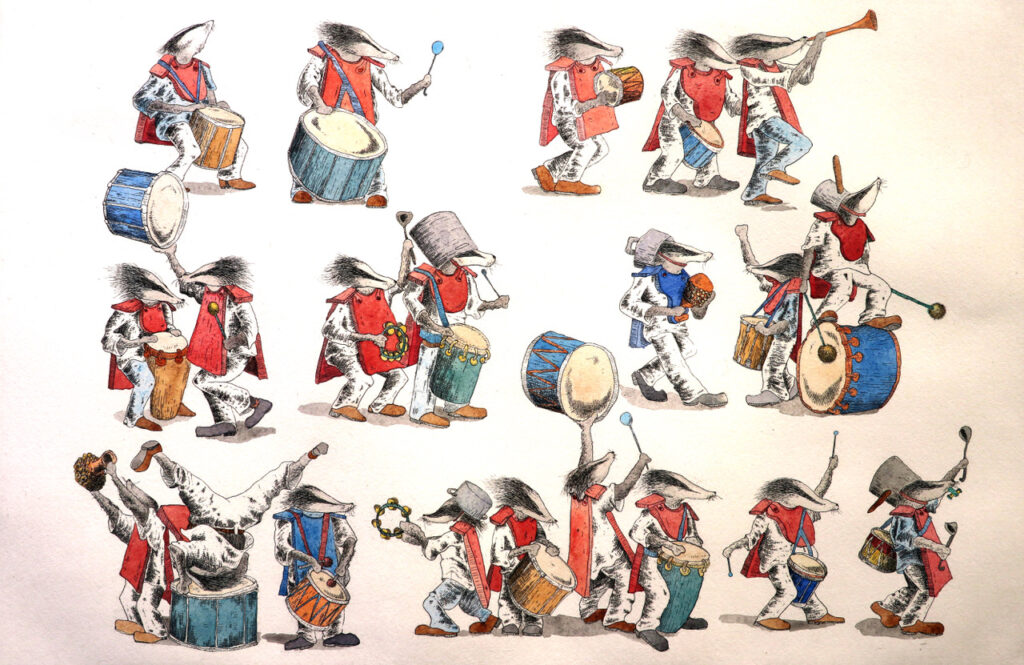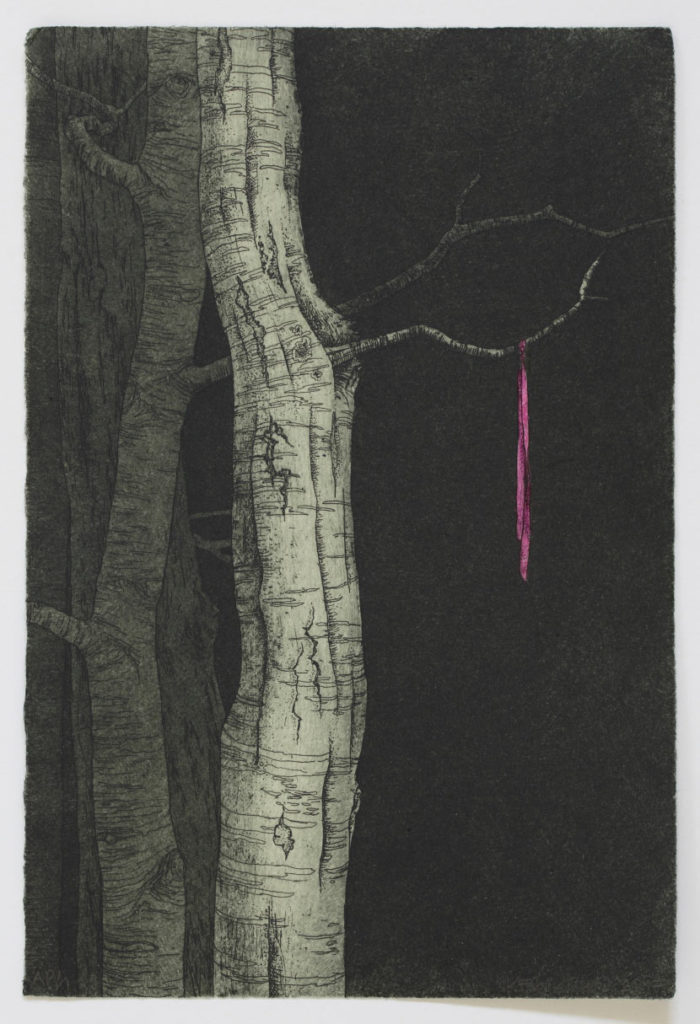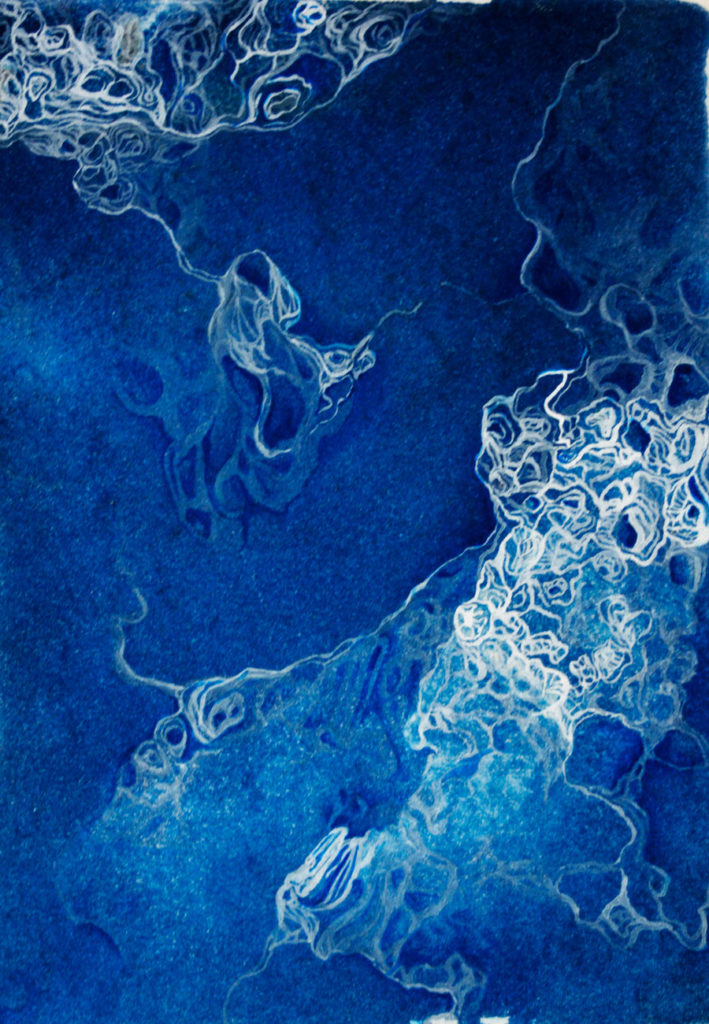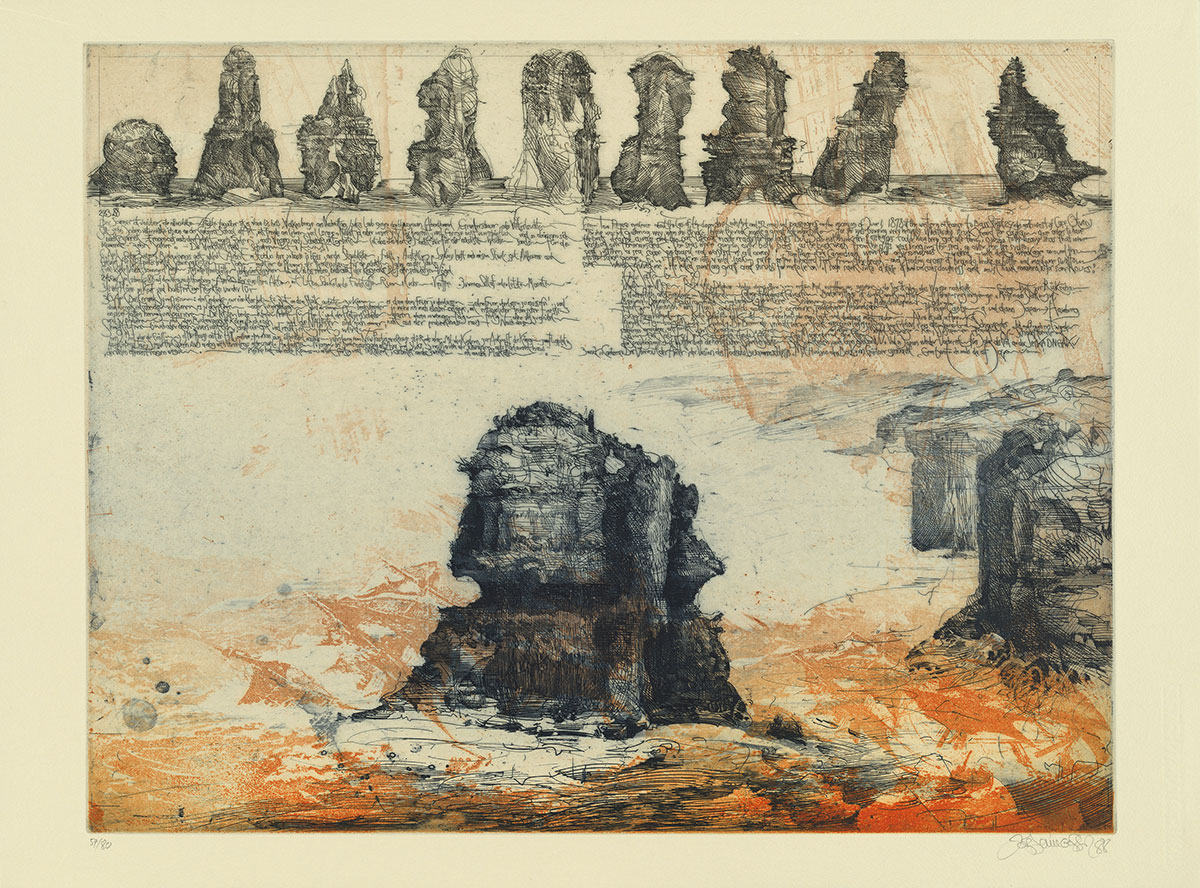
Jörg Schmeisser:
Looking back
Jason Smith, Geelong Art Gallery director, reflects on the work of Jörg Schmeisser (1942–2012) an influential and critically acclaimed master printmaker, whose etchings set a benchmark for technical brilliance, aesthetic refinement, and conceptual richness.
MArch 21, 2018
In Interviews
Schmeisser was born in Stolp, Pomerania (now Poland), in 1942 and in 1944 his family settled in Hamburg, Germany. He studied printmaking under Paul Wunderlich at the Academy of Fine Arts Hamburg from 1962 to 1967. In 1968 he furthered his studies, and in woodblock printing particularly in Japan at Kyoto City University of Arts, and taught there between 1969 and 1972. From 1965-73 he was a regular participant as draughtsman/artist in archaeological expeditions in Greece and Israel, run by the Columbia University of Missouri.
Schmeisser first visited Australia in 1976 and in 1978 he was appointed to the Canberra School of Art as Head of the Printmaking Workshop, a position he held until 1997. He returned to Kyoto City University of Arts as professor between 2002 and 2008. He began exhibiting his work in 1969 and during his career was the subject of 130 solo exhibitions around Australia and the world.
Schmeisser was a humanist, environmentalist, cultural historian and inveterate world traveller. His vast printed oeuvre is a record of his wide-ranging journeys and acute, sensitive observations of the simple and spectacular beauties of the world. He had a distinctive hand, and an ability to capture the essence of his subject in the most lyrical yet economical line.
This collection of 34 works dating from 1968 to 2011, assembled over 40 years by Laurence O’Keefe and Christopher James, is a promised bequest to Geelong Gallery through the Hitchcock Society of the Geelong Gallery Foundation. The collection is a fine representation of the depth and breadth of Schmeisser’s graphic investigations, and his beguiling technical mastery of drawing and the etching process.
This personal collection of works commences with Schmeisser’s 1968 etching Fushimi Inari, the then twenty-six year-old’s impression of the Shinto shrine in Southern Kyoto famous for its thousands of vermillion Torii gates. Another early and intimate work, Fan (1972) reveals something of the lessons of Wunderlich, and the sensuousness and quiet eroticism with which Schmeisser drew and defined the female form.
In many other works we see Schmeisser’s love of architectural and cultural history, of Nature and of change. This is especially evident in the remarkable suite of etchings made in 1979 and 1980 that mark seasonal change in Kiyomizu, the world heritage listed Buddhist temple complex in Eastern Kyoto.
As Schmeisser himself stated shortly before his passing in 2012:
A theme that runs through my work has been change – changes which happen to a person, to an object or landscape or to me over time. One of the most intriguing possibilities in printmaking is that of the state proof: printing a plate, further developing it, altering it again, printing the next state, again and again, etc.
My love to travel, to marvel at the world in a nutshell – to scan the skyline of the Himalayan Mountains or the Antarctic ice shelf; to meet people and learn from the learned; to share, to draw, to teach – that existed side by side. Over the years it fused and became my profession, in which I am a very fortunate and happy man.
Jörg Schmeisser—looking back: prints from the collection of Laurence O’Keefe and Christopher James is at Geelong Art Gallery until 27 May

